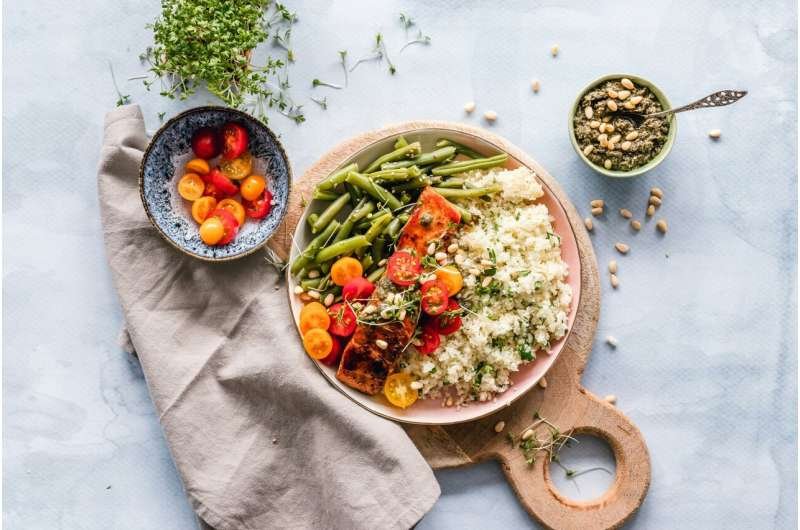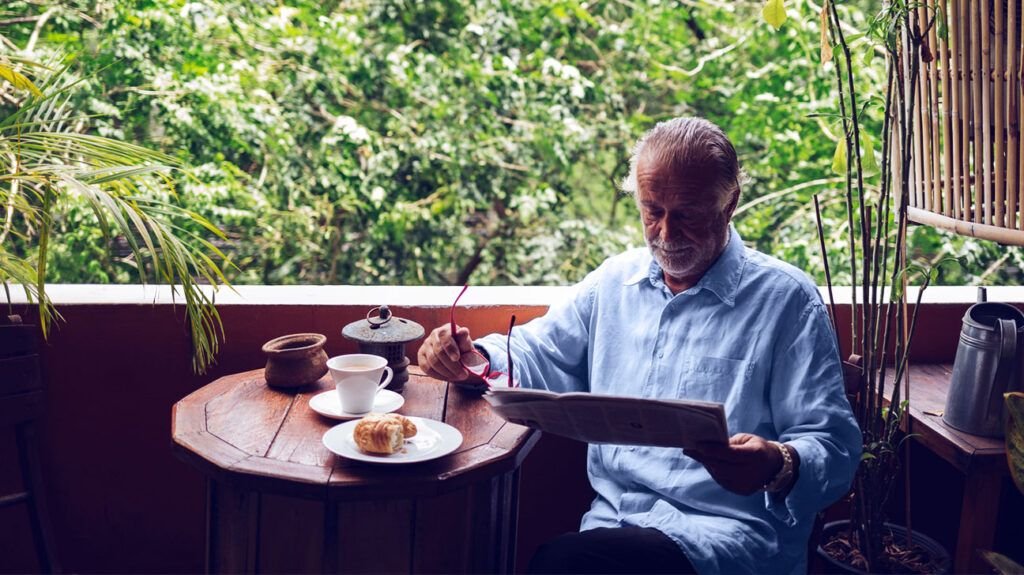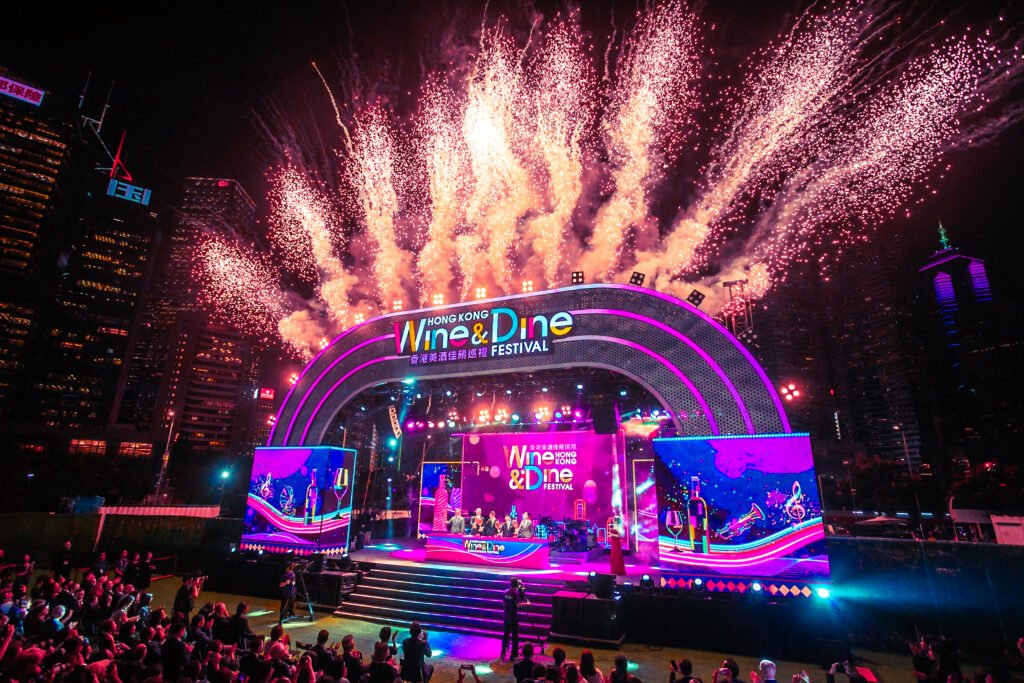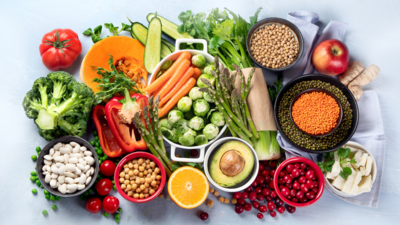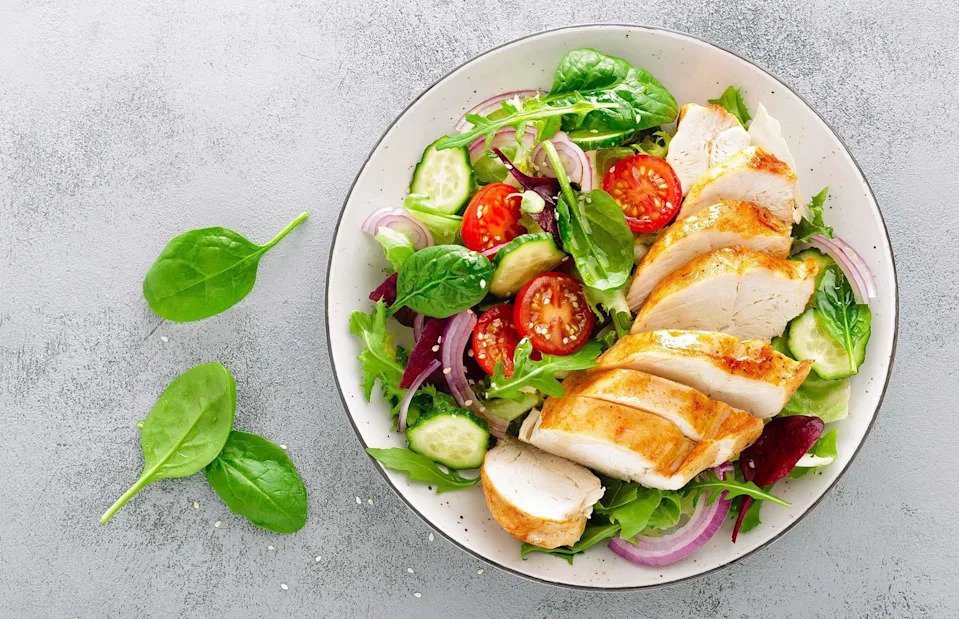The most dangerous mistake you can make is undercooking your beans, especially kidney beans, after soaking. Inadequate cooking fails to destroy harmful lectins, which can lead to severe food poisoning symptoms like nausea, vomiting, and diarrhoea.
You have carefully chosen your beans and soaked them in water to make them softer. After rinsing them to remove any dirt, you think you’ve done everything correctly. However, there’s one critical step that you must not forget. Cooking the beans thoroughly is important to eliminate harmful compounds that can cause illness. While soaking improves the beans’ texture and flavour, cooking is necessary for food safety. Don’t skip this step.
Why is undercooking beans so dangerous?
Raw and undercooked beans, particularly red kidney beans, contain high levels of a toxic lectin called phytohaemagglutinin. According to information from the World Health Organization, consuming even just four or five raw or improperly cooked kidney beans can be enough to cause severe gastrointestinal illness. The symptoms, which can appear within a few hours, include extreme nausea, vomiting, and diarrhoea. This is why you should never eat raw sprouted beans without cooking them first.
Does a slow cooker get hot enough to kill toxins?
No, and this is a critical safety warning. Many slow cookers do not reach a high enough temperature to destroy the phytohaemagglutinin toxin. Research published in Nutrients has shown that heating beans to only 80°C (176°F) can actually increase their toxicity. To be safe, beans must be boiled vigorously at 100°C (212°F) for at least 10 minutes to ensure the lectins are destroyed.
- The safe method: “If you want to use a slow cooker, you must boil the beans on the stovetop first for at least 10 minutes after soaking. Then, you can safely add them to your slow cooker to finish cooking,” Divya Gopal, Dietary and Nutrition Expert at Motherhood Hospitals, tells Health Shots.

What happens if I don’t discard the soaking water?
The water you soak your beans in becomes a reservoir for the very compounds you’re trying to get rid of. The gas-producing oligosaccharides and some of the water-soluble “anti-nutrients” leach out of the beans and into the water. If you cook the beans in that same water, you’re adding all of those undesirable elements right back into your meal, according to the Academy of Nutrition and Dietetics.
- Always drain and rinse: After soaking (using either the traditional or quick-soak method), discard the soaking water and give the beans a final rinse with fresh, cool water before cooking. This simple step is key to improving digestibility, as reported in the journal Foods.
Can I skip the soaking step and cook them for a longer period?
While you technically can cook dried beans without soaking, you’re missing out on important benefits and creating more work for yourself. Unsoaked beans will take quite a long time to cook, and even then, they often cook unevenly. “More importantly, skipping the soak means you’re consuming a higher concentration of the phytic acid and oligosaccharides that can lead to digestive issues and block nutrient absorption”, says the dietary expert.
“To ensure your beans are not only delicious but also safe and healthy, remember these key rules: always soak, always discard the soaking water, and always, always boil them thoroughly”, explains the nutrition expert. This will protect you from harmful toxins and unlock the full nutritional potential of this fantastic food.


